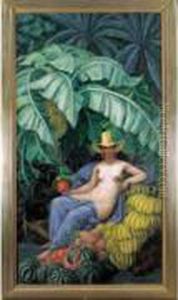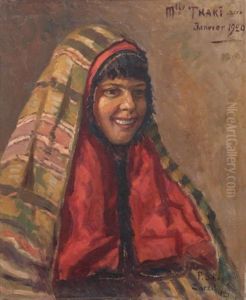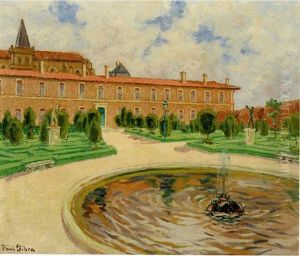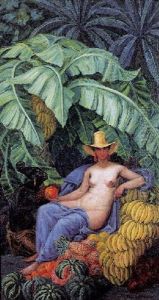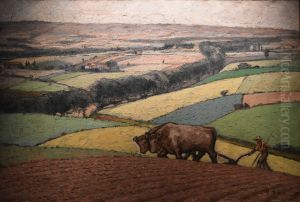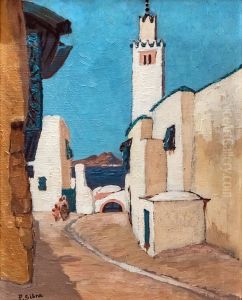Paul Sibra Paintings
Paul Sibra was a French painter born on April 9, 1908, in Castelnaudary, in the Aude department of France. He was known for his vivid landscapes, often depicting the French countryside, and for his depictions of scenes from the Bible and mythology. Sibra's work frequently reflected his love for his native Languedoc region, and he is often associated with the Midi school of French painters.
Sibra showed an early talent for art and was encouraged to pursue his passion. He studied at the École des Beaux-Arts in Toulouse and later in Paris. His style was influenced by the French traditionalist school, but he also incorporated elements of the modern movements that were prevalent during his lifetime, such as Impressionism and Post-Impressionism. Despite the evolving trends in art throughout his career, Sibra remained true to his love of natural beauty and regional subjects.
During the 1930s and 1940s, Paul Sibra's work gained recognition, and he participated in various exhibitions throughout France. He also undertook several commissions, including murals for churches and public buildings, which allowed him to express his religious and mythological interests on a grand scale.
Tragically, Paul Sibra's life was cut short when he died on May 21, 1951, at the age of 43. Despite his early death, Sibra left behind a significant body of work that continues to be appreciated for its vibrant color palette and its celebration of the French landscape and cultural heritage. His paintings remain on display in several French museums, and he is remembered as an important contributor to the art of the Midi region.
